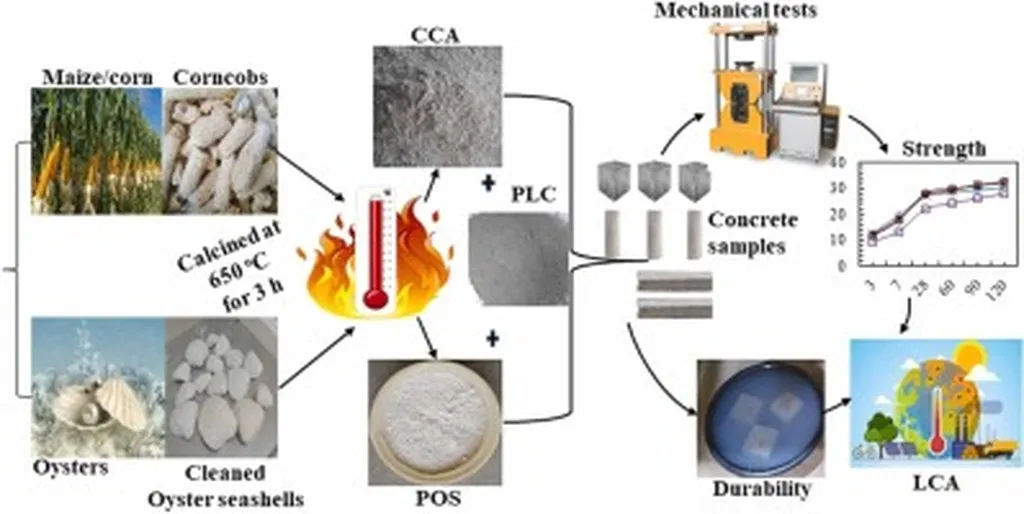In the quest for sustainable construction materials, researchers have turned to an unlikely source: candlenut shells. A recent study published in the *Journal of the Civil Engineering Forum* (translated from Indonesian: *Jurnal Forum Teknik Sipil*) explores the potential of candlenut shell aggregate (CSA) as a lightweight, eco-friendly alternative to traditional concrete aggregates. Led by Reza Hasrul, a researcher affiliated with both Makassar State University in Indonesia and Okayama University in Japan, the study delves into the impact of water-cement ratios on the strength and density of concrete made with CSA.
Candlenut shells, a byproduct of the Aleurites moluccanus tree, are typically discarded as agricultural waste. However, their low density, moderate abrasion resistance, and high water absorption make them an intriguing candidate for non-structural concrete applications, such as wall panels and flooring. “The idea is to repurpose a waste product into a valuable construction material,” Hasrul explains. “This not only reduces waste but also cuts down on the environmental impact of traditional aggregate mining.”
The study focused on optimizing the water-cement (w/c) ratio to balance compressive strength, density, and workability. Concrete mixes were prepared using the absolute volume method, with w/c ratios ranging from 0.65 to 0.30. The results revealed that a w/c ratio of 0.55 yielded the best performance, achieving a compressive strength of 14.3 MPa and a density of approximately 1850 kg/m³. “This ratio strikes an ideal balance between cement hydration and void minimization,” Hasrul notes. “Higher ratios increase porosity, reducing strength and density, while lower ratios impair workability, hindering compaction and hydration.”
The findings align with previous research, underscoring the need for pre-treatment of CSA to mitigate its high absorption. Techniques such as soaking or incorporating admixtures can enhance mix performance. “Future research should explore the long-term durability of CSA-based concrete and investigate advanced admixtures to further improve its properties,” Hasrul suggests.
The implications for the construction industry are significant. As the demand for sustainable and lightweight materials grows, CSA offers a promising solution. By repurposing agricultural waste, the construction sector can reduce its environmental footprint and contribute to global sustainability goals. “This research represents a step towards developing eco-friendly construction materials that are both practical and effective,” Hasrul concludes.
The study, published in the *Journal of the Civil Engineering Forum*, highlights the potential of CSA as a lightweight aggregate, paving the way for innovative and sustainable construction practices. As the industry continues to evolve, the integration of agricultural byproducts like candlenut shells could play a pivotal role in shaping the future of construction.

